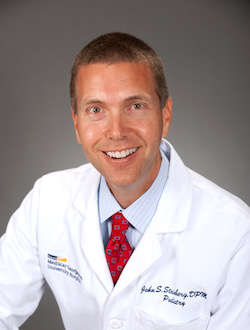Wound Care Research
Though wound care is a robust evidence-driven field with a broad variety of treatments for chronic wounds that have been proven safe and effective, more research must be done to determine how to best optimize healing for painful, life-threatening wounds. With the anticipated rise in chronic wounds, the Federal government needs to provide more funding for wound care research so patients can get back on their feet, literally, as quickly as possible. The longer a patient suffers from a chronic wound, the more likely they are to contract potentially fatal infections.
“Chronic non-healing wounds cost more than heart-failure and have a higher mortality rate than breast or colon cancer but there is no comparable investment in research.” – Dr. Caroline Fife, executive director of the US Wound Registry
“Chronic non-healing wounds cost more than heart-failure and have a higher mortality rate than breast or colon cancer but there is no comparable investment in research.” – Dr. Caroline Fife, executive director of the US Wound Registry
To fully understand the economic burden and impact of chronic nonhealing wounds to Medicare, the Alliance sponsored a comprehensive analysis that resulted in the study “An Economic Evaluation of the Impact, Cost, and Medicare Policy Implications of Chronic Nonhealing Wounds,” published in Jan. 2018 the International Society For Pharmacoeconomics and Outcomes Research’s Value in Health journal. The study analyzed the Medicare 5% Limited Data Set for CY2014 to determine the cost of chronic wound care for Medicare beneficiaries in aggregate, by wound type, and by setting. Topline findings show that chronic wounds impact nearly 15% of Medicare beneficiaries (8.2 million) at an annual cost to Medicare conservatively estimated at $28.1 to $31.7 billion. Read key findings and policy implications.




